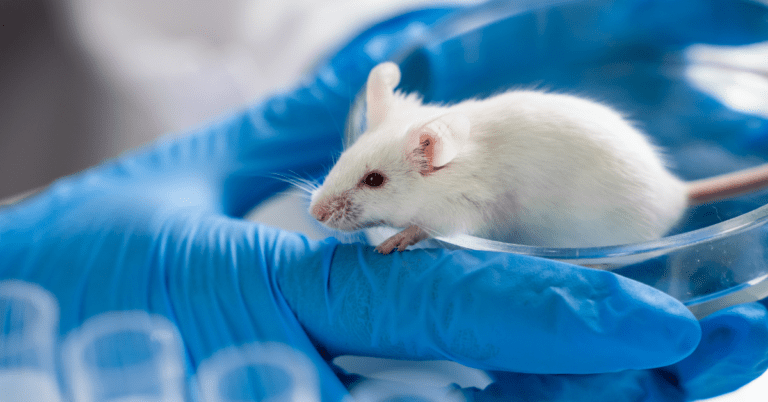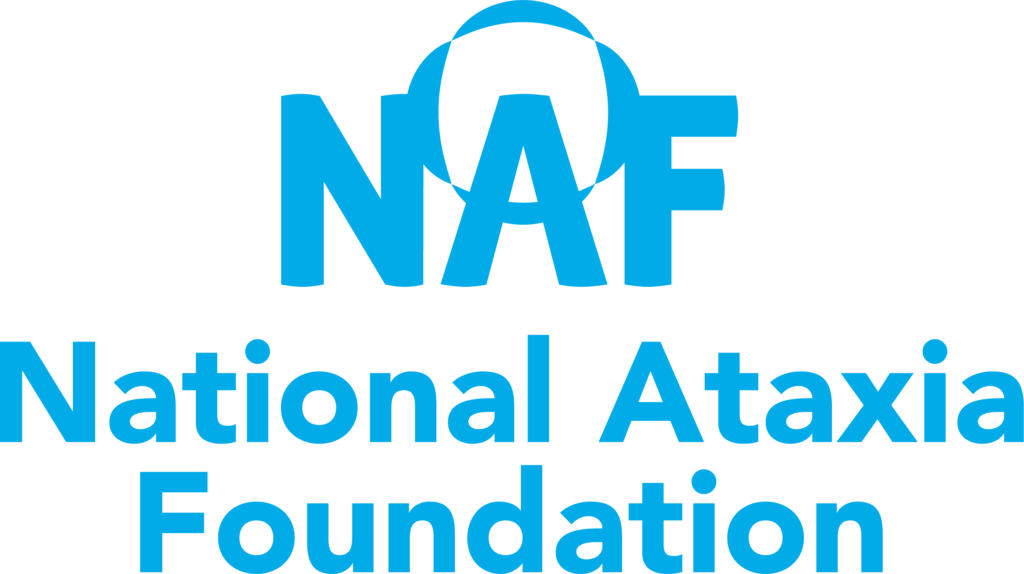
Written by Christina Peng
Edited by Larissa Nitschke, PhD
Ever since the CAG expansion of the Ataxin-1 (ATXN1) gene has been identified as the cause of spinocerebellar ataxia type 1 (SCA1), researchers have been on the hunt for the mechanism of the disease. How does this mutation cause SCA1? So far, there have been many clues to the effect of mutant ATXN1 on the brain. A research group at Yale School of Medicine has found a novel mechanism that gives us more insight into how the CAG expansion may cause disease.
The role of alternative splicing in gene regulation
Living organisms contain instructions in the form of genetic information that determine how they will develop and function. These instructions are carried out by turning the genetic material into proteins that can perform various functions. This process is called gene expression. DNA, the genetic material, is first transcribed into RNA, which can then be translated to chains of amino acids that together form a functional protein. These proteins then carry out essential functions and are involved in almost everything your body does.
The Yale researchers were interested in how the mutant ATXN1 may affect gene expression in the brain. There are a couple of ways gene expression is regulated. One such way is a process called alternative splicing, in which the RNA that is waiting to be translated into a protein is modified by having certain RNA sections cut out. This can result in different forms of the same protein that may carry out different functions or result in proteins that can no longer perform their proper function and get degraded. Alternative splicing is, therefore, a way for the cell to control protein function and abundance.
Alternative splicing is a natural process that is normally well regulated. However, splicing dysregulation has been implicated in a variety of neurodegenerative diseases, including spinal muscular atrophy, amyotrophic lateral sclerosis, and frontotemporal lobar degeneration. Although mutant ATXN1 protein has been shown to be involved in gene expression, the effect of mutant ATXN1 on alternative splicing remains unknown.
The effect mutant of ATXN1 on gene expression and alternative splicing
The Yale researchers utilized a mouse model that expresses the human mutant ATXN1 protein only in Purkinje cells, the predominantly affected cell type in SCA1. The research group first confirmed the progressive neurodegeneration of Purkinje cells in this mouse model. Using a technique called RNA sequencing, the group then identified genes that are downregulated and upregulated in the SCA1 mouse model. The researchers showed that most gene expression changes occur in the Purkinje cells, the cells that express mutant ATXN1 and that, as the disease progresses, more genes are being dysregulated. Using the RNA sequencing data, they also identified dysregulated splicing events using a computational tool called Multivariate Analysis of Transcript Splicing (MATS). Similarly, the dysregulated splicing events mainly occurred in the Purkinje cells and worsened over time.
To understand the role of misregulated alternative splicing in SCA1, the researchers tested how many alternatively spliced genes were also differentially expressed. Interestingly, less than 25% of alternatively spliced genes also changed their RNA abundance in SCA1, indicating that mis-regulation of alternative splicing had no major effect on gene expression. Altogether, the authors showed that the mis-spliced genes are involved in a diverse set of biological pathways and identified two mis-spliced genes of particular interest: Trpc3 and Cacna1g, which encode ion channels and are involved in the development of SCA42 and SCA41, respectively.
RBFOX1 as a potential mediator of splicing misregulation in SCA1
To understand how the dysregulation of alternative splicing occurred, the researchers investigated a class of proteins called splicing factors. As the name suggests, splicing factors are the proteins that perform the splicing process, and their expression levels can directly influence how much splicing occurs. Based on data from the RNA sequencing, the researchers found a list of splicing factors whose expression levels were affected by mutant ATXN1. Amongst them, RBFOX1 was particularly interesting because it physically interacts with ATXN1 and is downregulated in SCA1. Notably, the authors showed that over 20% of the identified mis-spliced genes in SCA1 are predicted to be RBFOX1 target genes, indicating that RBFOX1 is likely responsible for part of the alternative splicing dysregulation.
To link these results to the disease mechanisms, the researchers next wanted to test if RBFOX1 affects SCA1 disease phenotypes. To do so, the researchers used a fruit fly model of SCA1 with retinal degeneration in the eyes as a result of mutant ATXN1 expression. Overexpression of Rbfox1 in the SCA1 fly model caused more severe degenerations, while reduced expression rescued the degeneration phenotypes in the eye. While this might seem counterintuitive, as downregulation of Rbfox1 was seen in the SCA1 mouse models, previous work in the SCA1 field has shown opposing effects in fruit fly and mammalian model systems.
In summary, the study showed evidence of the dysregulation of alternative splicing events SCA1, identifying a new mechanism of interest for disease progression. The authors identified RBFOX1 as a potential mediator of the alternative splicing defects and confirmed its role in modulating degenerative phenotypes in SCA1 fruit fly models. Future studies will have to follow up on the role of RBFOX1 and the identified alternative splicing events in causing SCA1 pathogenesis.
Key Words
Alternative Splicing: A cellular process in which an RNA is spliced and different combinations of how it is put back together produce different proteins.
Splicing Factors: Proteins involved in the process of splicing.
RNA-Sequencing: A technique used to determine the sequence and quantity of RNA molecules in a sample.
Purkinje Cells: Neurons found in the cerebellum of the brain, which play an important role in coordination and voluntary motor movements.
Conflict of Interest Statement
The author and editor have no conflicts of interest to declare.
Citation of Article Reviewed
Olmos, V., et al. Dysregulation of alternative splicing in spinocerebellar ataxia type 1. Human Molecular Genetics. October 6, 2023. 2(33): p.138–149. https://doi.org/10.1093/hmg/ddad170
Read Other SCAsource Summary Articles

SCAview: Grandes datos para grandes preguntas
Escrito por Dr. Celeste Suart Editado por Priscila Pereira Sena Traducido por Ismael Araujo Aliaga Un grupo internacional de investigadores desarrolló una novedosa herramienta para visualizar grandes bases de datos de información Read More…

Alternative splicing: Potential disease mechanism for SCA1
Written by Christina PengEdited by Larissa Nitschke, PhD Ever since the CAG expansion of the Ataxin-1 (ATXN1) gene has been identified as the cause of spinocerebellar ataxia type 1 (SCA1), Read More…

Spotlight on Glia in Spinocerebellar Ataxia Type 1
Written by Marija Cvetanovic, PhDEdited by Spyros Petrakis, PhD Researchers from Yale provide evidence that glial cells, in particular Bergmann glia in the cerebellum, may contribute to disease pathogenesis in Read More…










